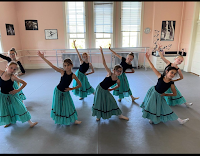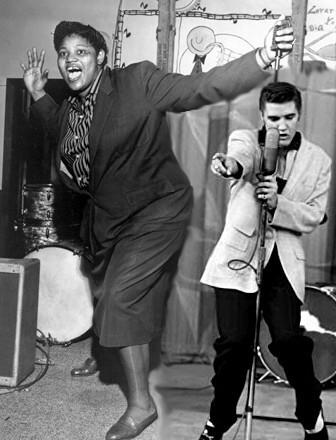Anyway, it so happens that Onegin was the first opera I saw as an adult. I was backpacking through Europe after my junior year of college, and in Vienna I went to get standing room tickets to whatever opera was on that night at the famous Wiener Staatsoper. It just happened to be 3+ hours in Russian with no supertitles, but whatever! I don't remember that much about it except that I cried when (spoiler alert) Onegin shot Lensky and then howled "Nyet" many many times (howled operatically, of course).
If you want a brief plot summary, watch this fun promotional video from Ballet West.
So, this weekend, I went back to see Onegin again, and I carried with me very fond memories of my first experience, which was with my eldest child who remarked that Rex Tilton as Onegin was "as iconic as Colin Firth as Mr. Darcy, in much the same way, but more Gothick." I feared that nobody could come close to that iconicity. There was something just so... insidious about his portrayal of masculine self-regard and self-serving drama.
Trepidations aside, the performance I saw on Saturday was just brilliant, simply put. Lensky was one of my favorite rising stars, Vinicius Lima (aka Vini), and while he seemed quite joyous for a poet (not particularly romantically brooding), there was something refreshing in his youthful high spirits so that when he drops dead of a bullet wound, I actually felt sort of stabbed, myself. Olga, danced by Chelsea Kiefer, was right on key -- a little frivolous, a little wild, and very, very sorry for flirting with Onegin even though she was obviously attracted to him.
 |
| Jenna Rae Herrera, from the Ballet West website with the caption: "Balanchine’s Tarantella © The George Balanchine Trust" |
I was skeptical about the dancer cast as Onegin -- partly, I had hoped to see one of my favorites, Adrian Fry, in the role, but my season tickets are for Saturdays and he was in the Friday cast. No matter, but it definitely made me more inclined to be critical when it came to Brian Waldrep, who is new to the company. I had never seen him perform before, and so had no sense of what to expect. Furthermore, I had that "iconic Mr. Darcy" thing in the back of my mind.
Well.
When he first came on, all snooty nose in the air and affected boredom, I felt like maybe he was underplaying the character a little, and that it would be hard to imagine a dreamy young girl falling for him; she's so wrapped up in her own fantasy life, after all. Yet, as soon as he started interacting with Jenna's Tatiana, I changed my mind. He chose a very restrained demeanor for Onegin, but it almost made the character seem more sinister and colder, which worked, because it underscored how much of Tatiana's sudden passion for him came from her own imagination. He was great in the acting scenes, and in the scene where she fantasizes dancing a very romantic pas de deux with him in her bedroom, he had just the right sonambulisitic (is that a word? sleep-walker like?) air to keep the sense of the whole thing being in her head; later, when the mature Onegin dances ("for real") with the mature Tatiana, the contrast was really notable -- this was the actual man, a bit violent, domineering, and intemperate in his passion, rather than tender. He also handled the demanding and somewhat repetitive choreographic elements with a great deal of precision, the hallmark of good technique being that you don't even notice that the dancer is working for difficult enchaînements because instead you're seeing them as expressive of a thought, a mood, or an idea. He pulled that off expertly.
 |
| Iconic Mr. D |
So when do we get the ballet of Persuasion? (It would be soooooo much better than the recent, dreadful film version with Dakota Johnson, which I couldn't even watch. And it would have to have music by an English composer, maybe Holst?)







